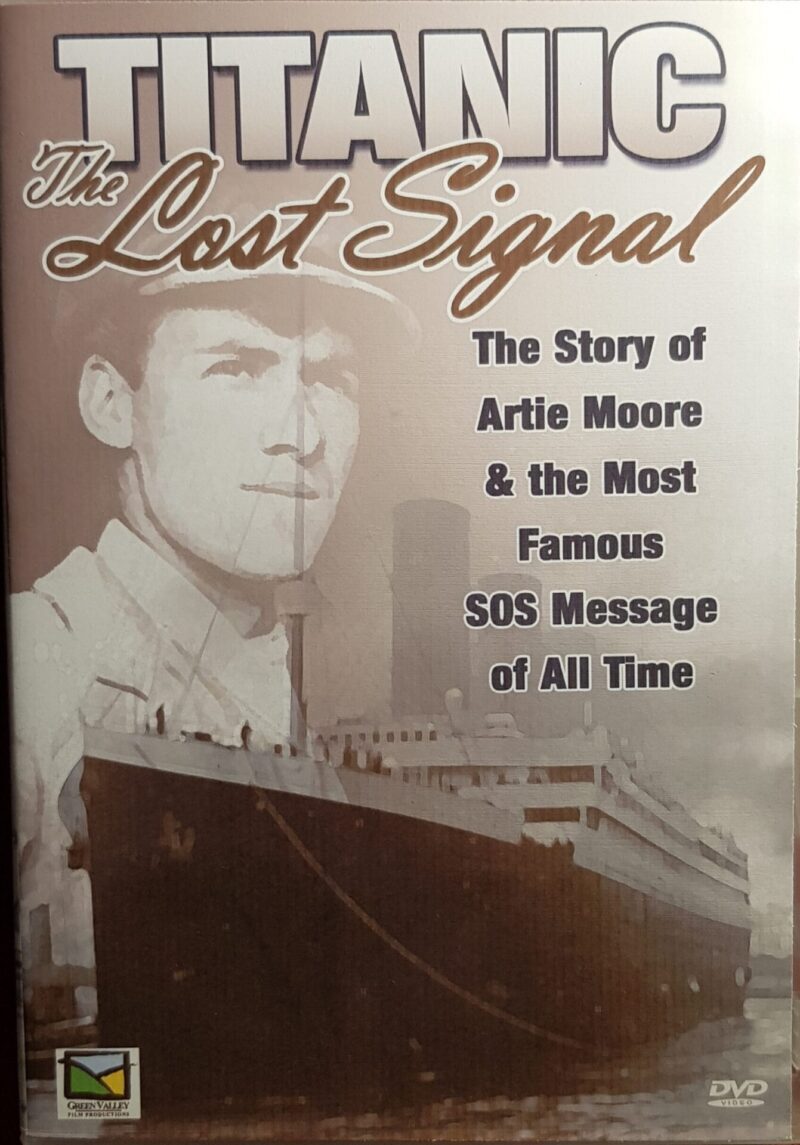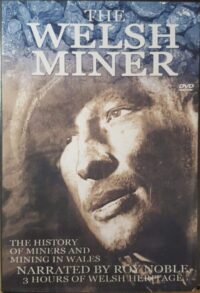Description
Arthur ‘Artie’ Moore was not aboard Titanic when disaster struck in the early hours of April 15th 1912. Nor was he instrumental in building the pride of the White Star Line. in fact, Artie was more than 3,000 miles away in the sleepy South Wales village of Pontllanfraith on that fateful night. Artie, the eldest son of the local miller, was a very enthusiastic amateur wireless operator who had built his own equipment at the family’s Gelligroes Mill. It was with this early radio setup that he picked up the most famous SOS message of all time, as Titanic sank beneath the icy waves of the North Atlantic. Quickly rushing to tell the local police who didn’t believe a word of what he was saying, the locals soon heard his incredible news. How could the Titanic possibly be lost at sea? She was, as everyone knew, unsinkable….This is his story.
This film is a Green Valley Film Production
Running time: 60 mins




